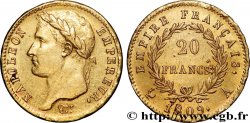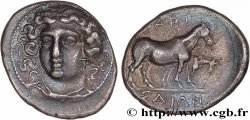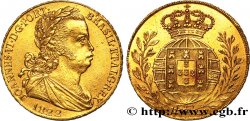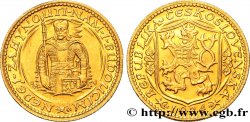Back 1/1
Live auction - fme_610749 - PREMIER EMPIRE / FIRST FRENCH EMPIRE Médaille, Baptême du roi de Rome, empreinte uniface
You must signin and be an approved bidder to bid, LOGIN TO BID. Accounts are subject to approval and the approval process takes place within 48 hours. Do not wait until the day a sale closes to register. Clicking on "BID" constitutes acceptance of the terms of use of cgb.fr private live auctions.
Bids must be placed in whole Euro amounts only. The sale will start closing at the time stated on the item description; any bids received at the site after the closing time will not be executed. Transmission times may vary and bids could be rejected if you wait until the last second. For further information check the Live auction FAQ
All winning bids are subject to a 18% buyer’s fee.
All winning bids are subject to a 18% buyer’s fee.
| Estimate : | 400 € |
| Price : | no bid |
| Maximum bid : | no bid |
| End of the sale : | 08 December 2020 19:11:58 |
Type : Médaille, Baptême du roi de Rome, empreinte uniface
Date: (1811)
Metal : silver plated metal
Diameter : 67,5 mm
Orientation dies : 12 h.
Engraver Andrieu
Weight : 76,39 g.
Edge : lisse
Coments on the condition:
Présence de coups et rayures. Frottements dans les champs. Coups au revers dont un manque de plâtre à 11 heures
Catalogue references :
Predigree :
Cet exemplaire provient d’une vente Osenat, 5 décembre 2010, lot 21, prix réalisé : 3200€
Obverse
Obverse legend : LISSE.
Reverse
Reverse legend : BAPTÊME DU ROI DE ROME / M. DCCC. XI.
Reverse description : Napoléon Ier debout de profil tourné vers la gauche, tenant à bout de bras son fils au dessus des fonds baptismaux. Signé : ANDRIEU FECIT.
Commentary
En métal argenté, probablement de l’étain, posé sur un fond de plâtre, il s’agirait d’un modèle réalisé à partir des poinçons originaux dans le but d’assembler les poinçons avant la réalisation du carré monétaire. Dans la vente Osenat, cet exemplaire avait été décrit comme étant une matrice de la médaille de naissance du Roi de Rome.
Made of silver-plated metal, probably tin, placed on a plaster background, it is believed to be a model made from the original punches with the aim of assembling the punches before making the monetary square. In the Osenat sale, this example was described as being a matrix of the birth medal of the King of Rome
Made of silver-plated metal, probably tin, placed on a plaster background, it is believed to be a model made from the original punches with the aim of assembling the punches before making the monetary square. In the Osenat sale, this example was described as being a matrix of the birth medal of the King of Rome







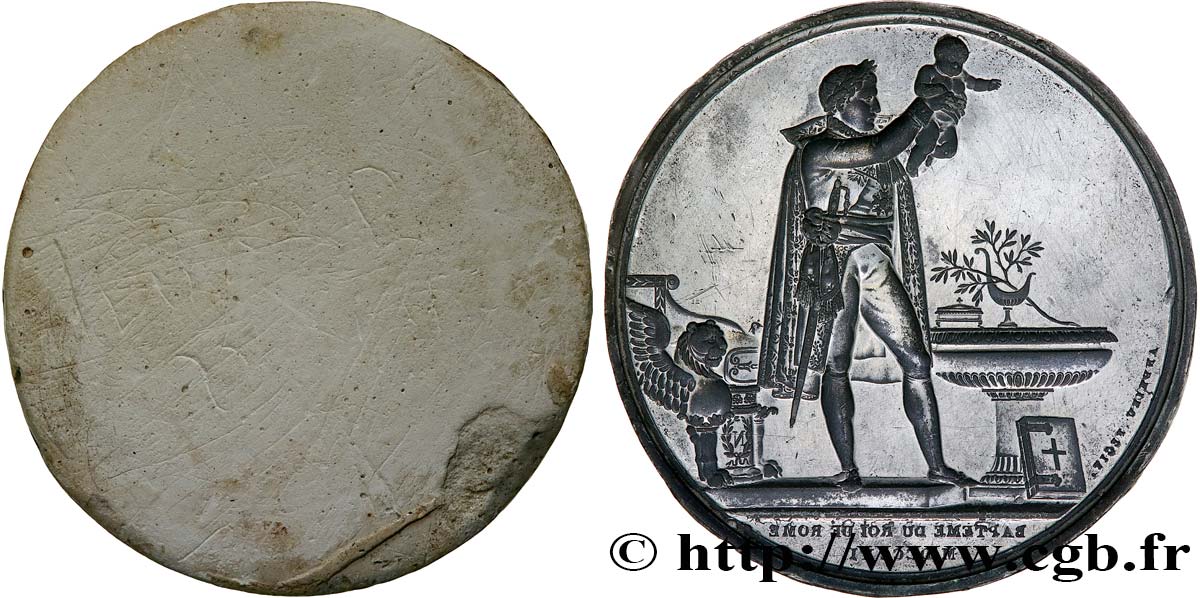
 Report a mistake
Report a mistake Print the page
Print the page Share my selection
Share my selection Ask a question
Ask a question Consign / sell
Consign / sell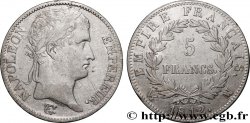
 Full data
Full data